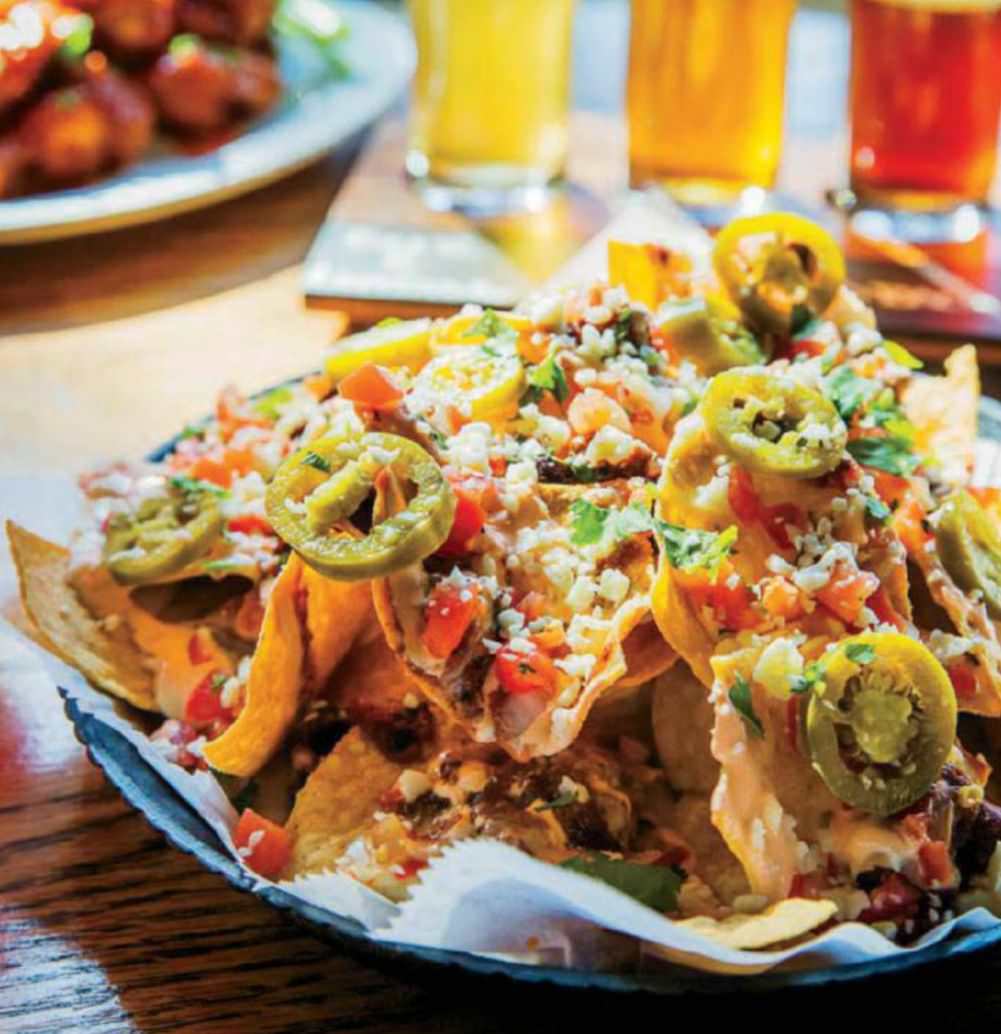試す 金 - 無料
The Other Charleston
Southern Living
|October 2017
With a new generation committed to renewing their city, West Virginia’s capital is on the rise.

IT USED TO BE THAT only outdoor enthusiasts—climbers, rafters, or people who display more mental fortitude than I when confronted with great heights or drops—ever talked to me about vacationing in my home state of West Virginia. The only state wholly in Appalachia, full of rugged mountains, powerful rapids, and a mere 1.8 million people, West Virginia is not known for its cities. But when I was a kid, that’s exactly what Charleston was: the city. Our capital, located about two and a half hours southwest of Morgantown (where I grew up), was bigger and more exciting than anything else at home.
My reasons for traveling here have changed, and so has Charleston itself. West Virginia’s largest city, with 49,138 residents, it is still the political heart of the state, with a professional class populated by politicians, lawyers, and lobbyists. But it has also become an urban destination in its own right, cool and cultural, with a diverse roster of attractions and a geographical situation— where the Elk and Kanawha rivers converge—that’s stunning, even by high Mountain State standards. Charleston is also convenient: A short flight from Southern hubs like Charlotte and Atlanta, it’s becoming a popular spot for far-flung friends to meet for a short vacation.

Like so many other small American cities, Charleston is now experiencing a rebirth. It’s largely at the hands of some young, creative entrepreneurs who are breathing new life into old buildings and doubling down on their roots with new businesses that could only exist here— though they come in the familiar shapes of bookstores and gift shops.
WHERE TO EAT & DRINK
CAPITOL MARKET
このストーリーは、Southern Living の October 2017 版からのものです。
Magzter GOLD を購読すると、厳選された何千ものプレミアム記事や、10,000 以上の雑誌や新聞にアクセスできます。
すでに購読者ですか? サインイン
Southern Living からのその他のストーリー

Southern Living
Layer Up!
Go big for game day with a dip that’s delicious from top to bottom
1 min
October 2025

Southern Living
Call the Cookie Monster!
Break out the skillet for an ooey, gooey, crowd-worthy dessert
1 mins
October 2025

Southern Living
The Dead Zone
How the local graveyard became my new home office
2 mins
October 2025

Southern Living
Built On Memories
AFTER OUTGROWING THEIR CHERISHED 1930s COTTAGE, A NASHVILLE FAMILY FILLS THEIR NEW BUILD WITH OLD-HOUSE CHARM
4 mins
October 2025

Southern Living
Helping Hands
Stash these puff pastry pies in your freezer for busy weeknights
2 mins
October 2025

Southern Living
A Born Storyteller
Senior Editor Ivy Odom has a fabulous new cookbook
2 mins
October 2025

Southern Living
The Path to Perloo
THIS LOWCOUNTRY DISH HAS ROOTS WELL BEYOND THE COASTAL SOUTH
6 mins
October 2025

Southern Living
You're Getting Warmer
Four comforting dinners for cooler weather
4 mins
October 2025

Southern Living
Good to the Last Crumb
Slice into this pecan-filled loaf with a decadent glaze
1 mins
October 2025
Southern Living
Steakhouse Legends
From old-school icons to small-town standouts, these restaurants are a cut above the rest
2 mins
October 2025
Translate
Change font size
